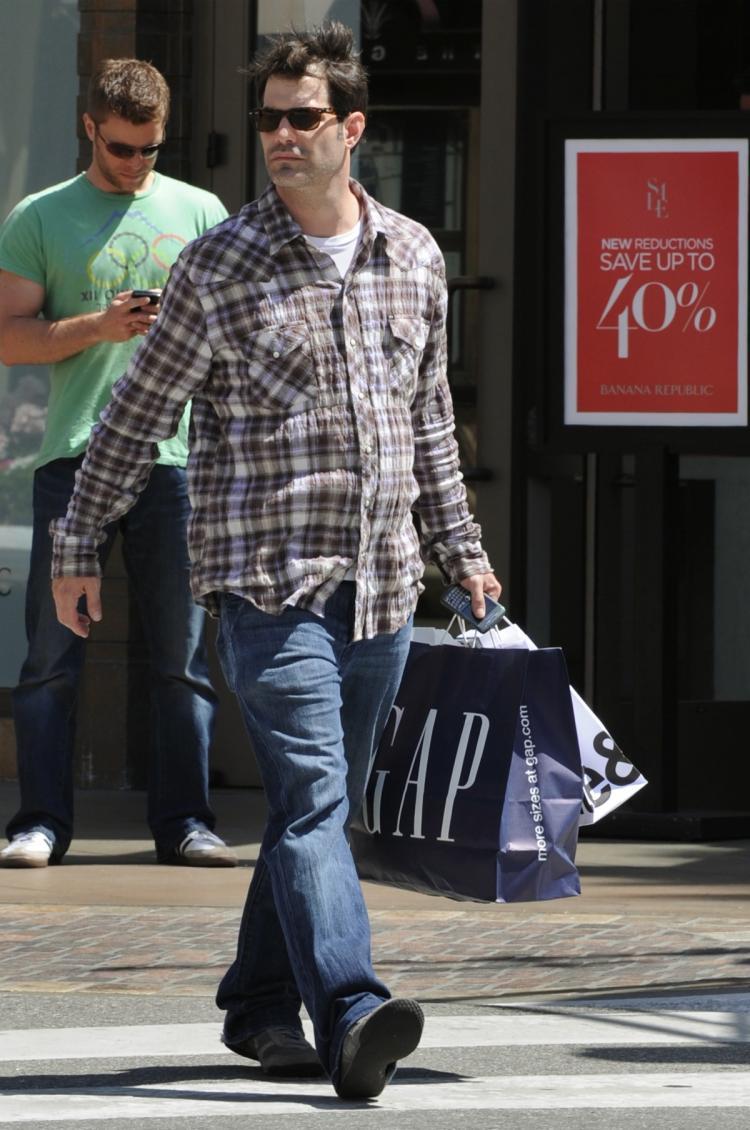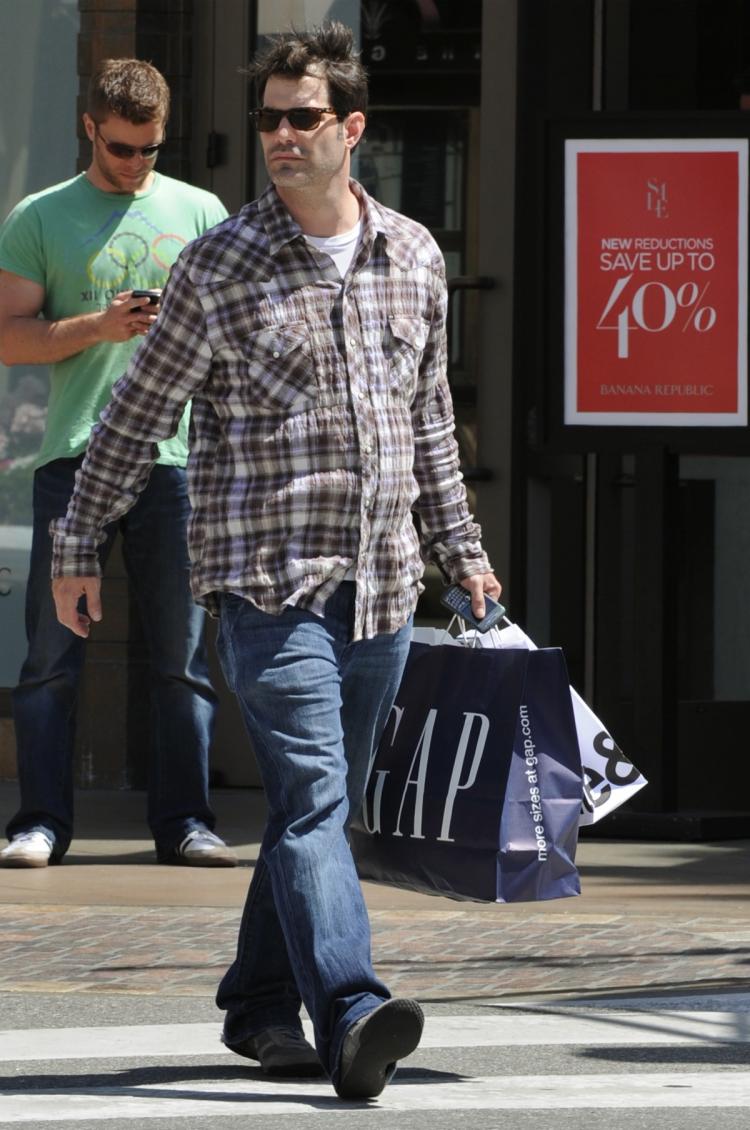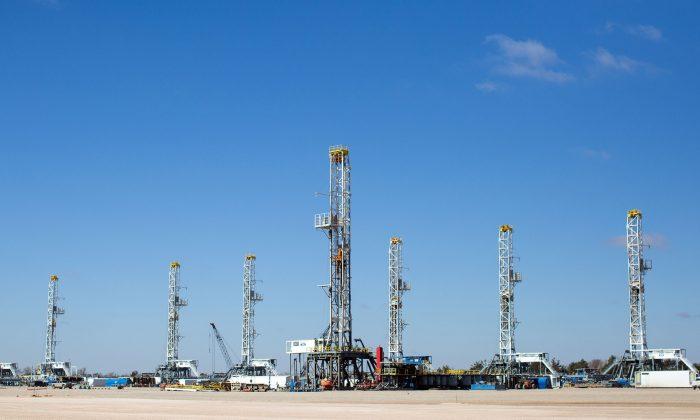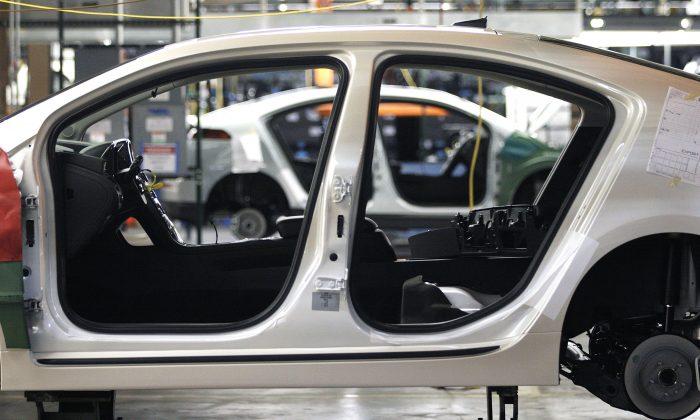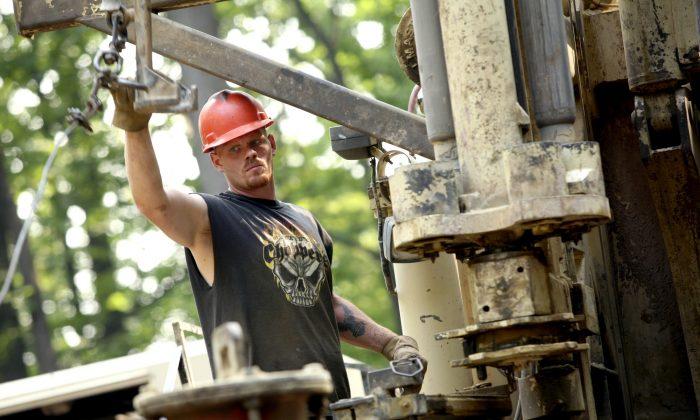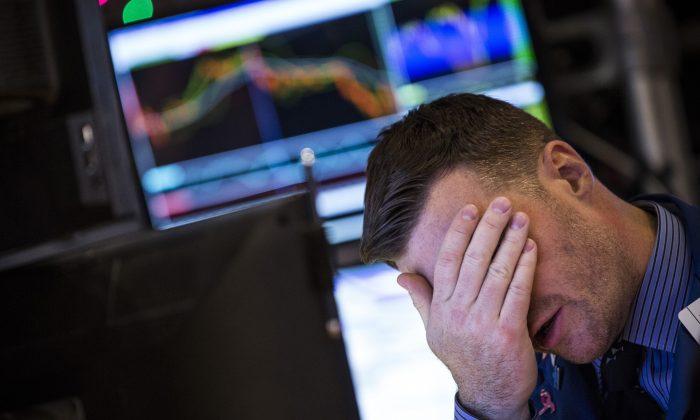NEW YORK—Government data shows that the U.S. economy, as measured by its GDP, grew at an annualized rate of 3.2 percent during the first three months of 2010. It was the third consecutive quarter of growth in U.S. GDP, which is the broadest measure of the U.S. economy.
The U.S. Department of Commerce credited the economic growth to higher consumer spending, which increased by 3.6 percent, more than double the growth in consumer spending from the last quarter.
Consumer spending data, combined with solid business sector growth, almost ensures that the U.S. economy would not slip into a new recession in 2010, as some economists had feared previously.
Taking a closer look at the Commerce Department data, U.S. businesses have increased spending to stock up on inventory by $31 billion in economic value during the first quarter. That alone contributed to around 1.5 percent of the GDP growth, but the good news is that businesses are stockpiling inventory with the expectation that consumers will keep spending.
However, on the consumer side, real sustainable increase in spending likely will not happen until the job market picks up drastically. The U.S. unemployment rate has remained steady, and we’ve seen spurts of jobs growth, but so far the increase in consumer spending hasn’t come from a rise in earnings, but from consumers’ savings over the last two years.
Some economists say that growth will be slow in the coming quarters. The federal government has been a major factor in increased governmental spending over the past two years, but now many state and local governments are slashing payrolls and cutting back on programs to balance budget gaps.
In addition, the European Union—a major U.S. export and import partner—is suffering amid the Greek debt crisis and seeing its currency in a freefall, which does not bode well for American exporters wishing to sell their products overseas.
Lastly, some analysts are still bearish on the real estate market, especially commercial real estate. Property values have dropped 40 percent off their peak in 2008, but there are signs of improvement over the past several weeks, according to data from Bloomberg.
The U.S. Department of Commerce credited the economic growth to higher consumer spending, which increased by 3.6 percent, more than double the growth in consumer spending from the last quarter.
Consumer spending data, combined with solid business sector growth, almost ensures that the U.S. economy would not slip into a new recession in 2010, as some economists had feared previously.
Taking a closer look at the Commerce Department data, U.S. businesses have increased spending to stock up on inventory by $31 billion in economic value during the first quarter. That alone contributed to around 1.5 percent of the GDP growth, but the good news is that businesses are stockpiling inventory with the expectation that consumers will keep spending.
However, on the consumer side, real sustainable increase in spending likely will not happen until the job market picks up drastically. The U.S. unemployment rate has remained steady, and we’ve seen spurts of jobs growth, but so far the increase in consumer spending hasn’t come from a rise in earnings, but from consumers’ savings over the last two years.
Some economists say that growth will be slow in the coming quarters. The federal government has been a major factor in increased governmental spending over the past two years, but now many state and local governments are slashing payrolls and cutting back on programs to balance budget gaps.
In addition, the European Union—a major U.S. export and import partner—is suffering amid the Greek debt crisis and seeing its currency in a freefall, which does not bode well for American exporters wishing to sell their products overseas.
Lastly, some analysts are still bearish on the real estate market, especially commercial real estate. Property values have dropped 40 percent off their peak in 2008, but there are signs of improvement over the past several weeks, according to data from Bloomberg.
